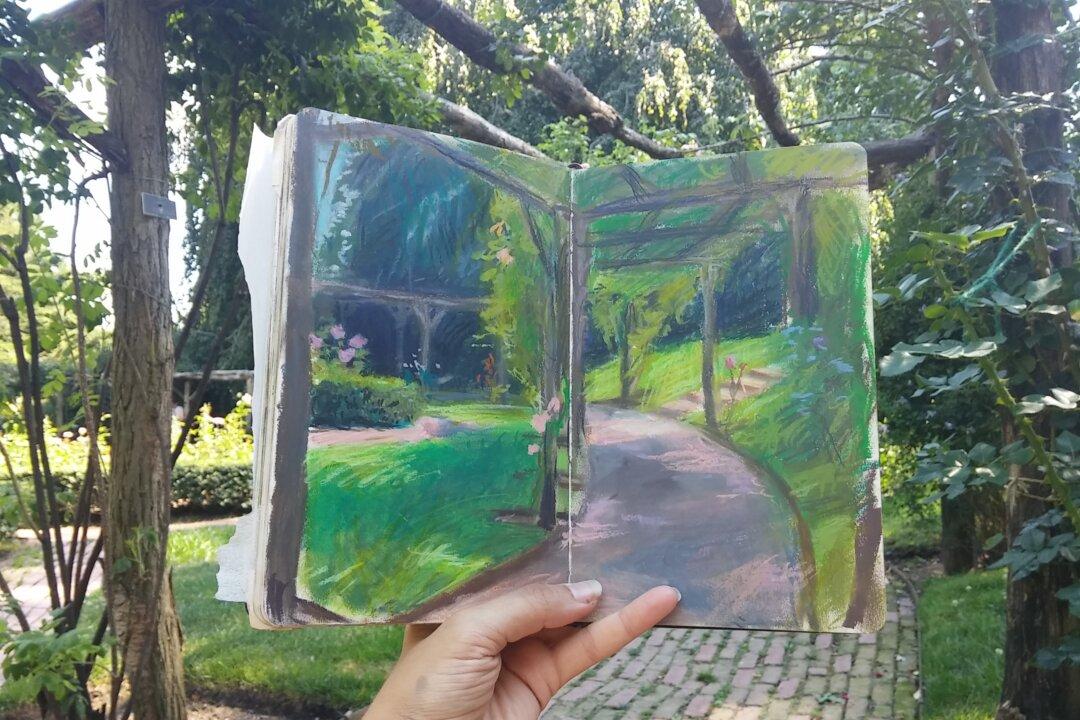NEW YORK—We might form certain notions in our minds about famous people from the way they have been written about in history books, presented in the media, or talked about in everyday conversation. But if we see their autographs—their handwriting in a document, a fleeting note, or an intimate letter—our notions about them may change. We have the opportunity to access a private moment in their lives. It’s not to be taken lightly. These items exude a subtle, yet potent charm, bringing us back to events that have enriched the past.
For instance, during his job-seeking journey in 1778, the 22-year-old Wolfgang Amadeus Mozart wrote a spirited letter to his father, Leopold, about a magnificent 16-year-old soprano, Aloysia Weber, who “sings superb cantabile.” On the small piece of paper, Mozart revealed his wish to travel from Germany to Italy with Weber to support her and to establish himself as an opera composer. “I refuse to bury the talent for composition our benevolent God has so bountifully given me,” Mozart wrote to his father. “I may say so without arrogance, for I feel it now more than ever,” he added. In this tiny letter, we get a sense of how Mozart was striving to break free from his controlling father.
This is just one example from 140 items in the exhibition, “The Magic of Handwriting: The Pedro Corrêa do Lago Collection” at The Morgan Library & Museum, running until Sept. 16, 2018.






